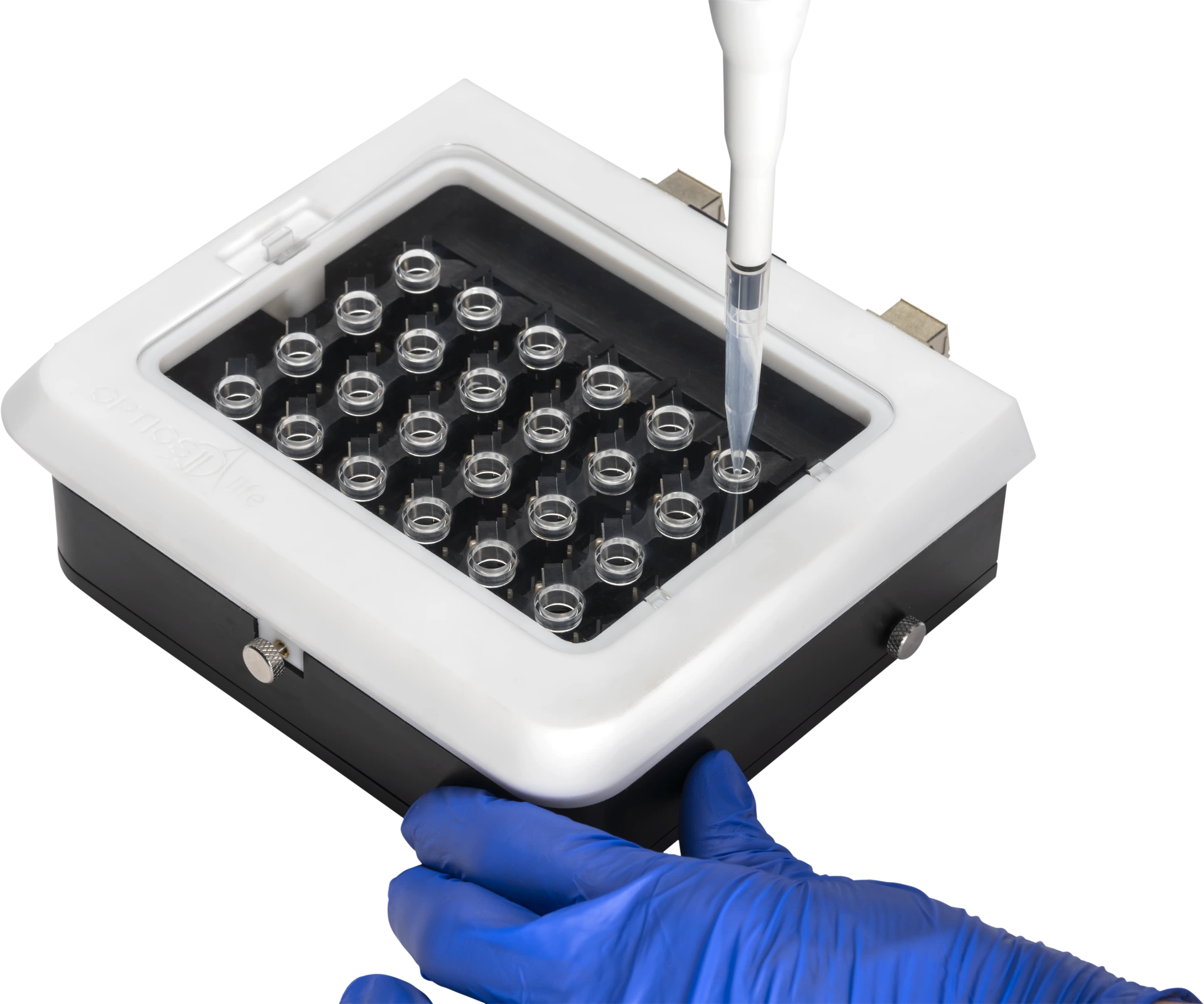The mechanical properties of wound sites significantly influence the healing rate and quality of newly formed tissue. Our advanced devices can monitor the mechanical environment of healthy and injured tissues. Moreover, it characterizes the influence of mechanical properties on biological processes linked to tissue healing, such as collective cell migration and wound contraction. By applying this technology to developing human skin equivalents and organoids, scientists can more accurately model the physical microenvironment of native tissues. Besides, we support the development of scaffolds and drug delivery systems, as the mechanical properties of these materials are crucial to ensuring compliance with injured tissue in vivo.




